|
Shape is a familiar concept to young children. Us parents and teachers are often quizzing the kids in our lives, "What shape is this?" The familiarity of the subject made it easy for students to quickly engage and remained focused in our Elements of Design class. We began class playing with shapes that we could explore with our hands - MagnaBlocks, wood blocks, Duplos, pattern blocks, and GeoBoards. Young students learn best when moving, touching, and doing. One little girl jumped up from her work and announced, "Hey! Two triangles make a diamond!" She would not have learned that from me telling her. She needed to discover it. I often like to set-up my Mini Makers classes with stations. This allows kids to flow where their interest is and spend as much or as little time as they want on a project. I find there are some children who are very detail-oriented and will spend an entire class on one project. Then there are other kids who are always on the move and like to sample many projects. One project in our shape focused class was creating shape collages. I offered some pre-cut shapes from the supply shelf, but the magic of this station was in the craft paper punches. A couple of boys spent a solid twenty minutes solely punching various shapes. When I asked them if they would like to glue any of the shapes onto a background, they replied they were happy to continue punching more shapes. This is the beauty of a process art class. Those boys were not interested in creating a product they could keep. They were engaged in learning about a new art tool, knowledge they can later apply to their artwork. In my next blog post, see how we build upon their new understanding of this tool to talk about positive and negative space. At a second station, I asked kids to look for shapes in their everyday world. We used stamping as a method of capturing those shapes. In a process art class, we let creativity take us in all sort of directions. One student announced that our paint palette - a paper plate - was a circle and she wanted to paint that shape. We ran with the idea and she spent a good chunk of time filling her circle shape with color. We want the art studio to be a place that fosters experimentation and ideas beyond what is already planned. Our third station was a collaborative piece. I had pre-drawn various open geometric shapes on large butcher paper and taped it to a board. I propped the board up on the floor like an easel, making it easily accessible. It is important young children have opportunities to write or paint on various surface angles because the change in wrist movement works different muscles. Variation leads to increased muscle control. I asked students how they would choose to fill the shapes with paint. I was amazed to watch a two-year old spend the entire class at this one station, quietly painting alongside her mother. What a valuable bonding experience!
0 Comments
Your comment will be posted after it is approved.
Leave a Reply. |
Archives
January 2024
Categories |
Proudly powered by Weebly
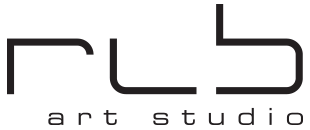
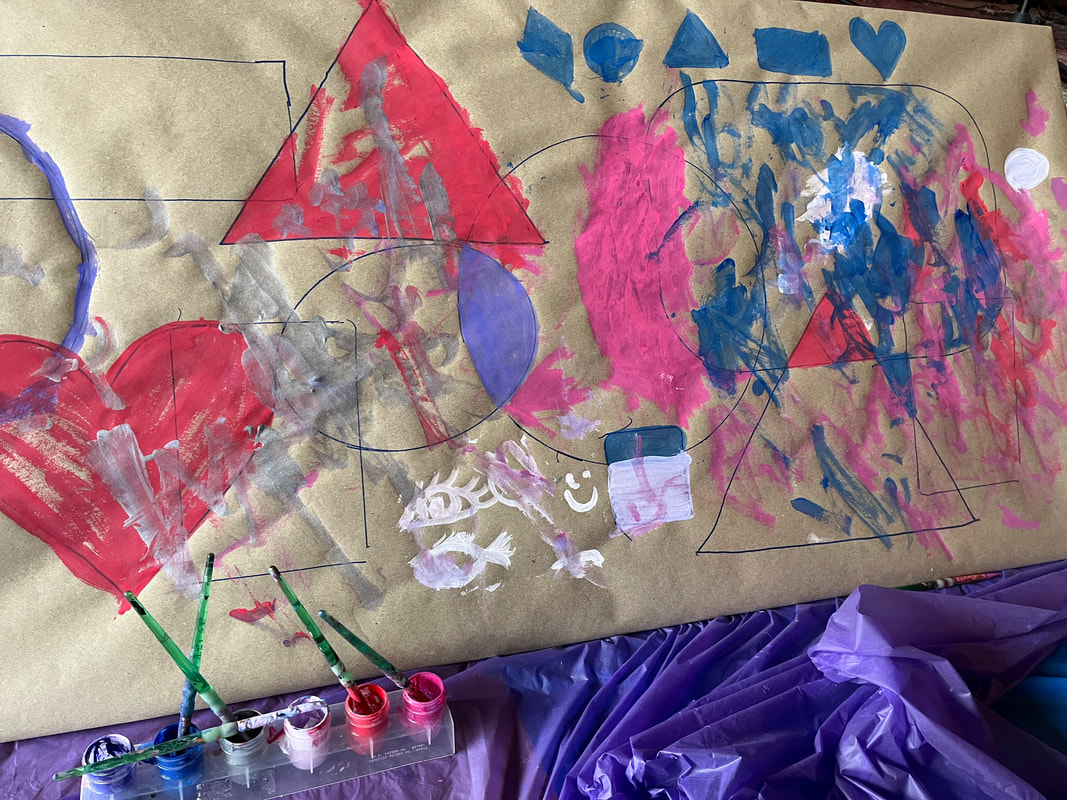
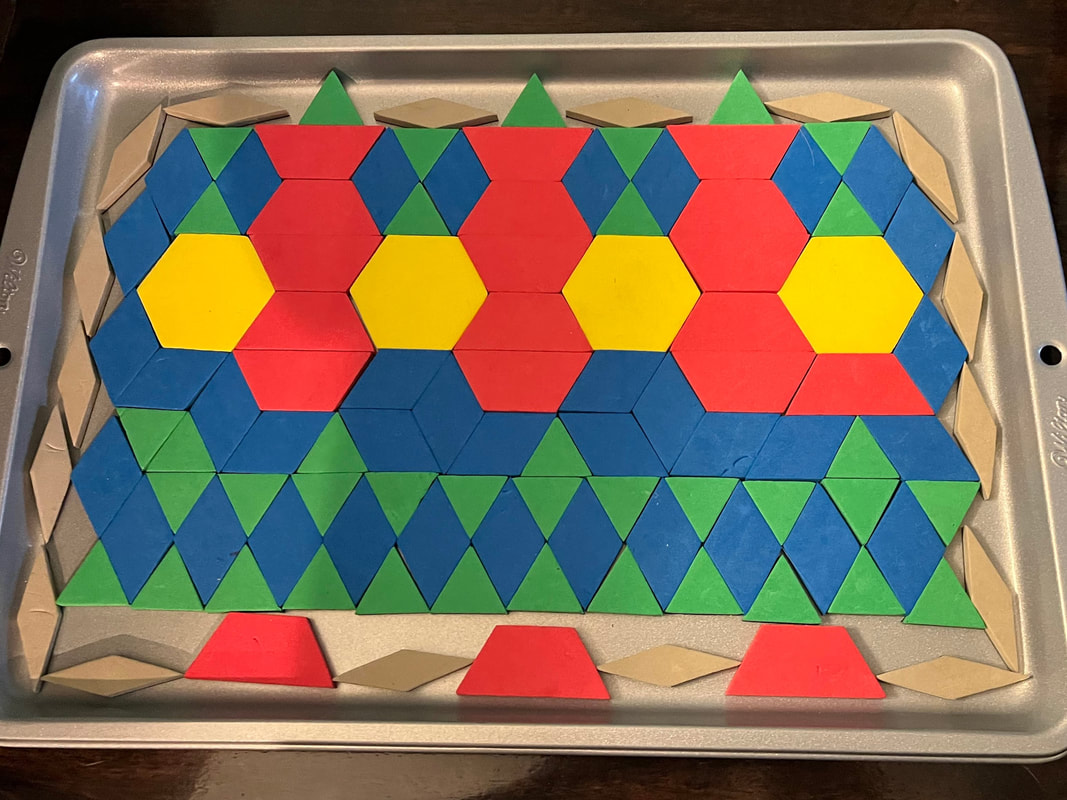
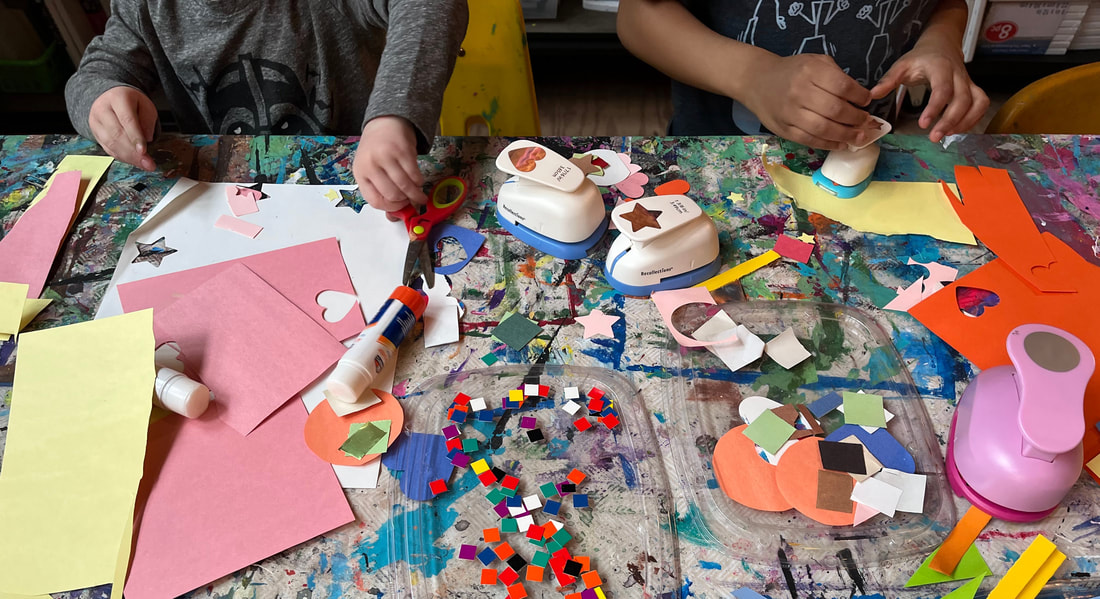
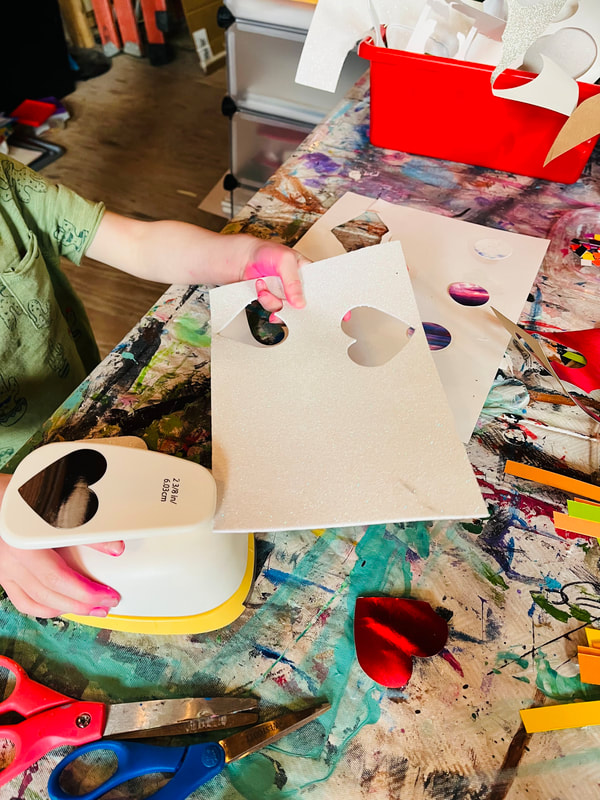
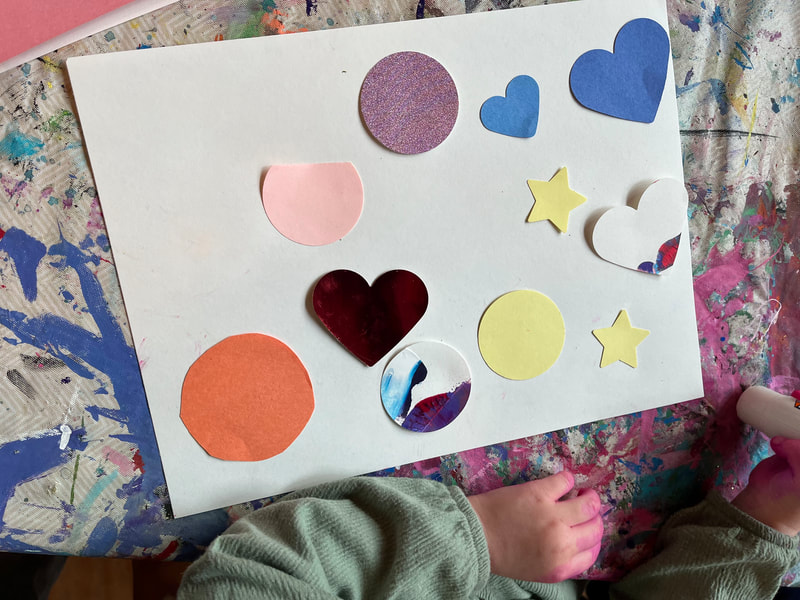
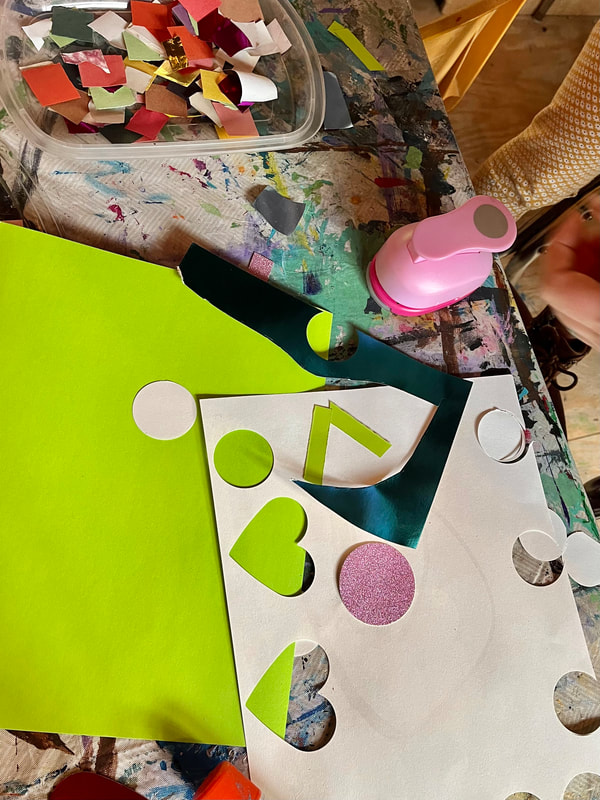
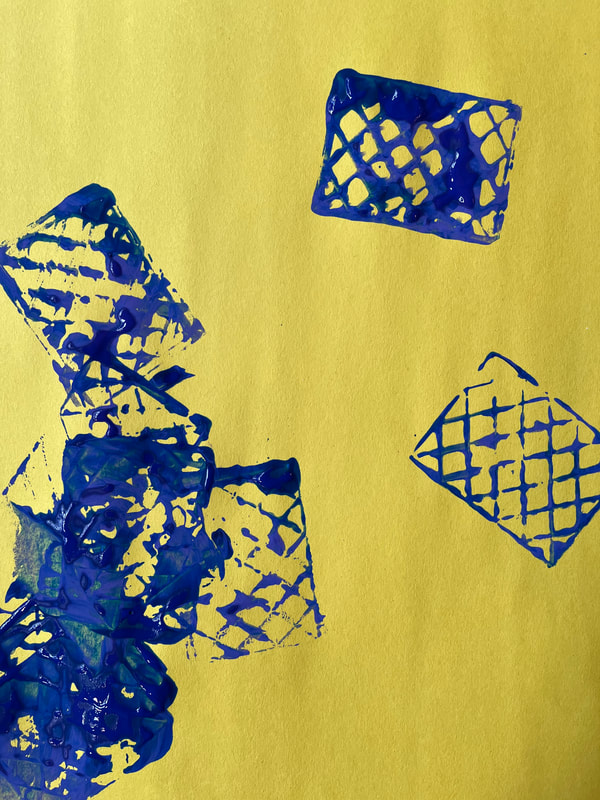
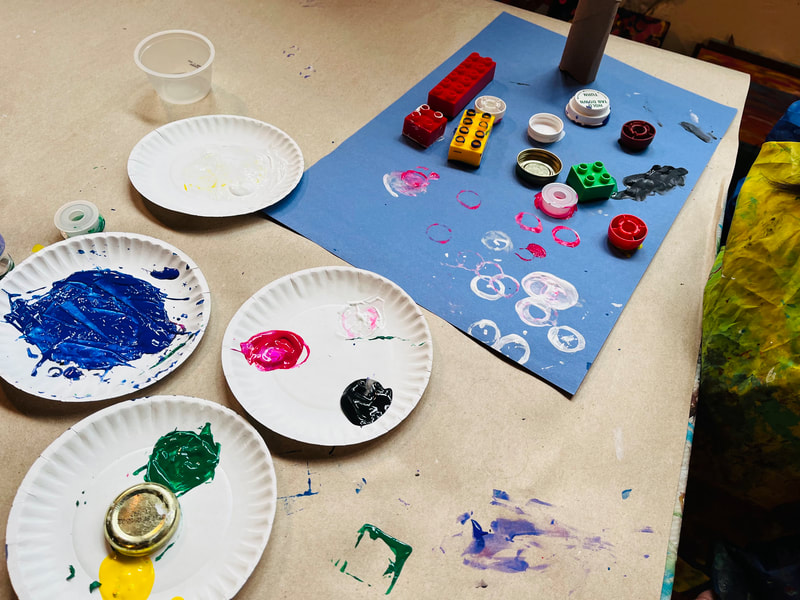
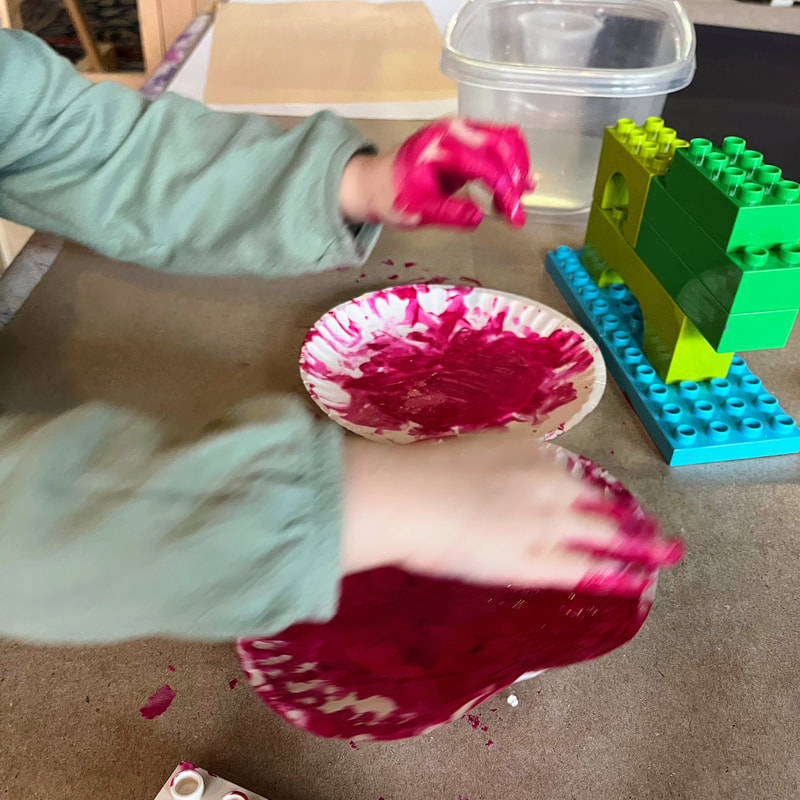
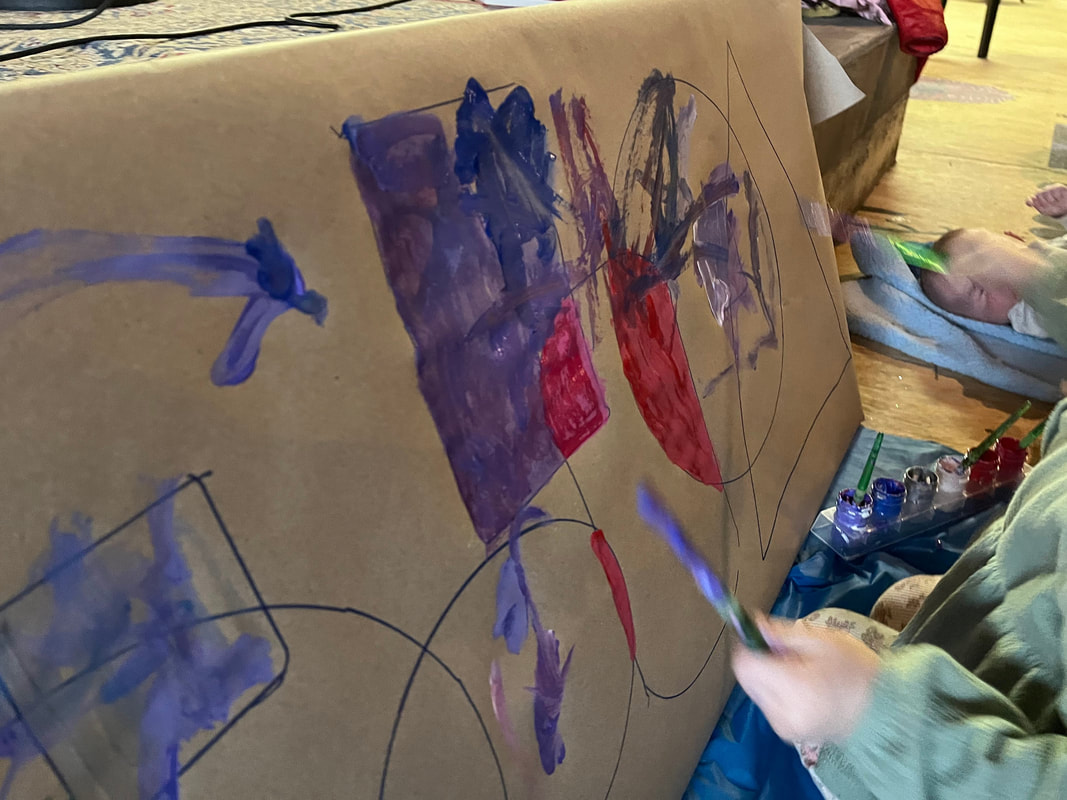
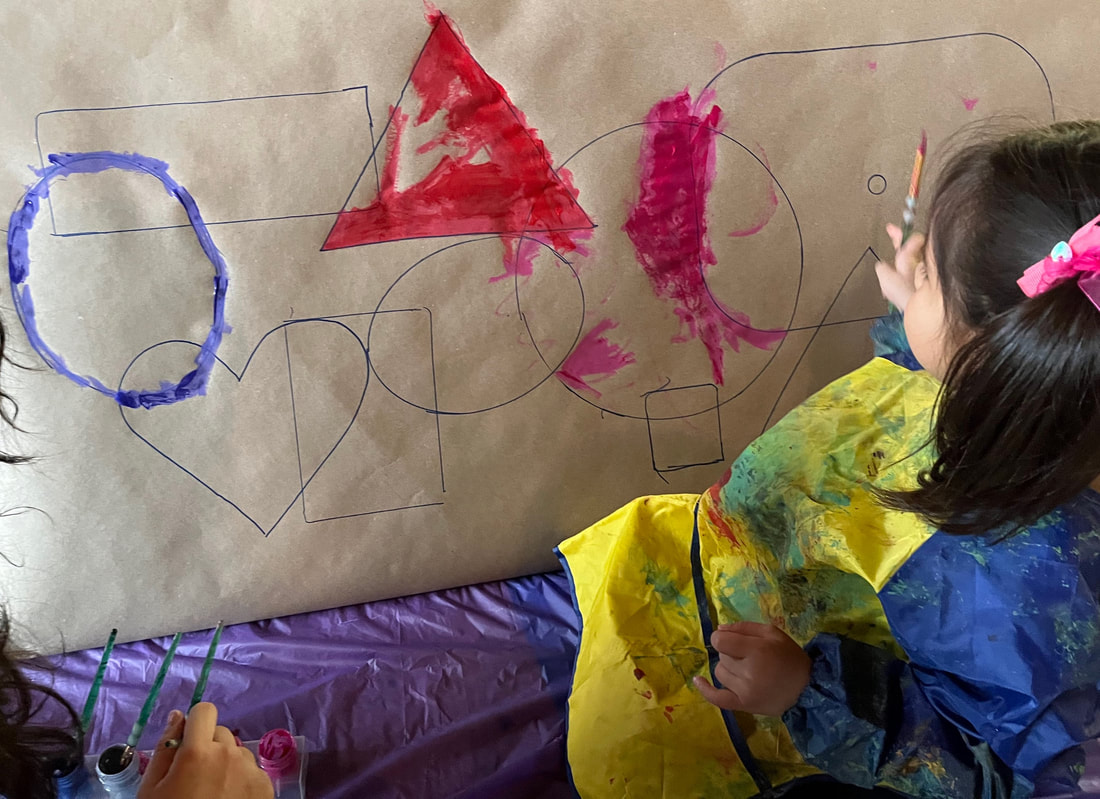
 RSS Feed
RSS Feed